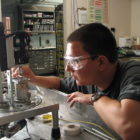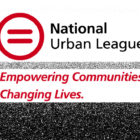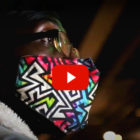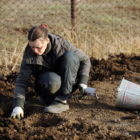
Analysis: Former juvenile lifers cite strengths and weaknesses of reentry preparation
|
Researchers found almost all of 112 Philadelphians who have been released from lifetime prison sentences said they participated in some form of prison programming, but 53 percent reported having been restricted from vocational programs such as barbering (Pennsylvania prioritizes people who have less than five years left on their sentences for vocational training). “A lot of these guys who did end up taking advantage of the college programming were able to enroll through their perseverance as opposed to these programs being allocated for them,” said study co-author Tarika Daftary-Kapur, professor of justice studies at Montclair State University in New Jersey, which conducted the survey.








